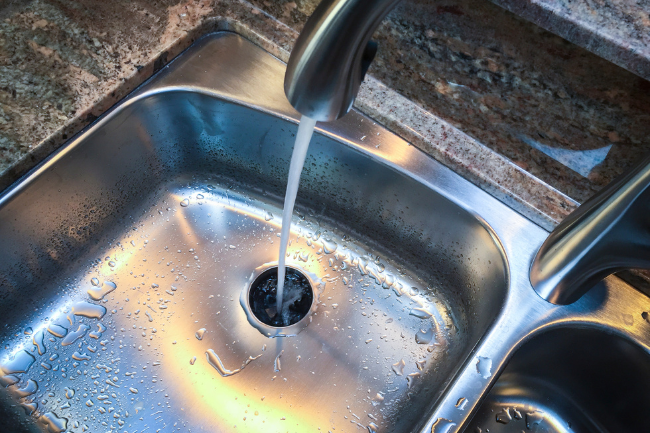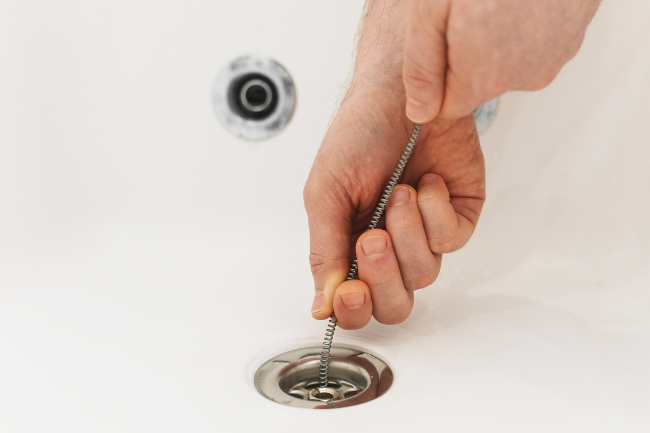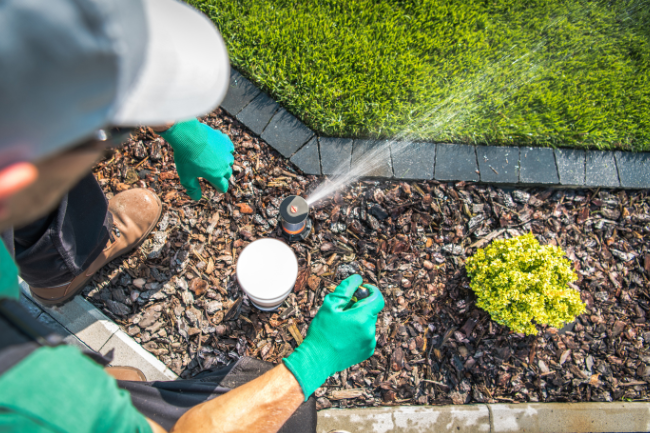How to Install a Garbage Disposal [Step-by-Step Guide]
Posted by William Heinselman on

Installing a garbage disposal may seem like a daunting task, but with the right tools and knowledge, it can be a fairly simple process. Not only does a garbage disposal make kitchen cleanup easier, but it also helps reduce waste in landfills.
We'll guide you through the steps of installing a garbage disposal in your home, making your kitchen more efficient and environmentally friendly. So whether you're a novice or experienced DIYer, read on to learn how to easily install a garbage disposal.
Follow These Steps to Install a New Garbage Disposal

The following steps will help to ensure the installation process for your new garbage disposal is seamless and hassle-free. However, if the process ends up being more complex than you anticipated, don’t hesitate to contact a professional.
Preparation and Safety Measures
Before installing a garbage disposal, it's important to take some necessary preparation and safety measures. First, gather all the required tools and materials for the installation, including a garbage disposal unit, plumber's putty, a screwdriver, a wrench, and a bucket. Additionally, make sure to turn off the power to the disposal area by switching off the circuit breaker. This will prevent any accidents while working on the electrical connections.
Next, clear out the area under the sink and remove any items that might hinder the installation process. It's also a good idea to lay down some towels or a plastic sheet to catch any water or debris that may fall during the installation. Lastly, ensure that you have read the manufacturer's instructions that come with the garbage disposal unit to familiarize yourself with the specific installation requirements and guidelines.
Removing the Old Disposal
Before installing a new garbage disposal, you'll need to remove the old one. Start by unplugging the old unit from the power source or disconnecting its electrical wiring. Then, use a wrench to loosen and disconnect the plumbing connections between the disposal unit and the sink drain pipe. Place a bucket underneath to catch any water or debris that may spill out during this process.
Once the plumbing connections are removed, you can unscrew the mounting bracket that holds the disposal unit in place. Carefully lower the old unit and remove it from underneath the sink. Be cautious of any sharp edges or protruding parts that may cause injury. After removing the old disposal, thoroughly clean the area and inspect the mounting assembly for any damage or corrosion.
Installing the New Disposal Unit
With the old disposal unit removed, it's time to install the new one. Begin by attaching the mounting assembly to the bottom of the sink. Follow the manufacturer's instructions to ensure proper alignment and secure the mounting assembly using the provided screws.
Next, apply a thin layer of plumber's putty around the drain opening on the sink. This will create a watertight seal between the sink and the disposal unit. Place the new disposal unit onto the mounting assembly and rotate it clockwise to lock it in place. Use a screwdriver to tighten the mounting screws and ensure a secure fit.
Once the disposal unit is securely installed, connect the plumbing. Start by reconnecting the drain pipe to the disposal unit using a wrench to tighten the connection. Make sure the connections are snug but not over-tightened to avoid any leaks. Finally, connect the dishwasher drain hose, if applicable, to the disposal unit.

Connecting the Plumbing
After installing the new disposal unit, it's important to properly connect the plumbing to ensure smooth operation. Begin by reattaching the sink drain pipe to the disposal unit. Use a wrench to tighten the connection, ensuring it is secure and leak-free.
If your garbage disposal unit has a dishwasher drain connection, attach the dishwasher drain hose to the disposal unit. This will allow any water from the dishwasher to be drained into the disposal unit. Make sure to secure the connection properly to prevent any leaks or water damage.
Once the plumbing connections are securely in place, turn on the water supply and check for any leaks. Run water through the disposal unit to ensure proper drainage and check for any unusual sounds or vibrations. If everything appears to be working correctly, move on to the final step.
Testing and Final Adjustments
Before completing the installation process, it's crucial to test the garbage disposal unit and make any necessary adjustments. First, turn on the power to the disposal area by switching on the circuit breaker. Then, run water through the disposal and switch it on to check if it is functioning properly.
Listen for any unusual noises or vibrations that may indicate a problem. If you notice any issues, such as clogs or leaks, turn off the power and make the necessary adjustments. This may involve clearing any obstructions in the disposal unit or tightening any loose connections.
Once you are satisfied with the performance of the garbage disposal unit, turn off the power and clean up any remaining debris or water. Dispose of the old disposal unit properly and store any unused materials for future use. Congratulations, you have successfully installed a garbage disposal in your kitchen!
Contact Express Sewer and Drain for Help With Garbage Disposal Installation
If you need help with installing a garbage disposal, the experts at Express Sewer are here to help. Our team of experienced plumbers can quickly and efficiently install your new garbage disposal, ensuring that it is properly integrated with your plumbing system. We also offer maintenance services to keep your garbage disposal running smoothly.
Don't let a faulty or outdated garbage disposal ruin your kitchen experience. Contact Express Sewer today for expert installation and maintenance services. Let us help you make the most out of this essential kitchen appliance.
Topics: Home Plumbing, DIY






